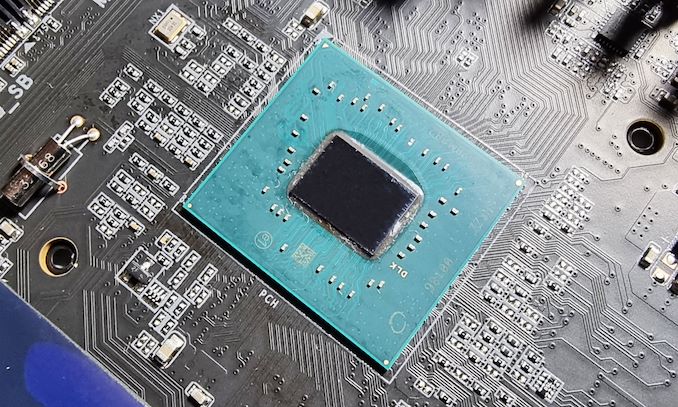Believe it or not, I am posting this from my 14" MacBook Pro at a lovely downtown coffee shop (a different one this time) while sipping on a hot latté. I have just downloaded and installed Tensorflow along with Apple's Metal extensions. There's a wonderful series of tutorials on YouTube by
Better Data Science. I can sit here and work on machine learning all day on this thing, so I absolutely understand the value of power efficiency!
Apple wins on another front as well: Industrial Design. Designs of a new 27" iMac Pro, a new Mac mini Pro, a new standalone Apple Thunderbolt Display, etc. can win hearts if they don't win minds.
That is an existential question for Apple Silicon, but I believe Apple has thought through this. It will therefore be interesting -- and exciting -- to see what comes next.
Another good point. Even AMD has publicly announced their intention to build custom accelerators into next generation Ryzen processors. But, of course, without support in macOS, these accelerators on the Intel and AMD platforms will be useless for us in the Hackintosh world.
So Apple's advantages seem to fall along these lines:
- Performance per watt
- Industrial design
- Custom accelerators
M1 Pro and M1 Max have demonstrated quite poignantly the ability of custom HEVC/H.264/ProRes accelerators to compensate in a gigantic way for shortcomings of conventional GPU compute units.
After all, accelerating
real world workflows is much more important than accelerating synthetic benchmarks.
Hackintosh, however, has these advantages:
- Performance per dollar
- Modularity
- Industrial design our way

